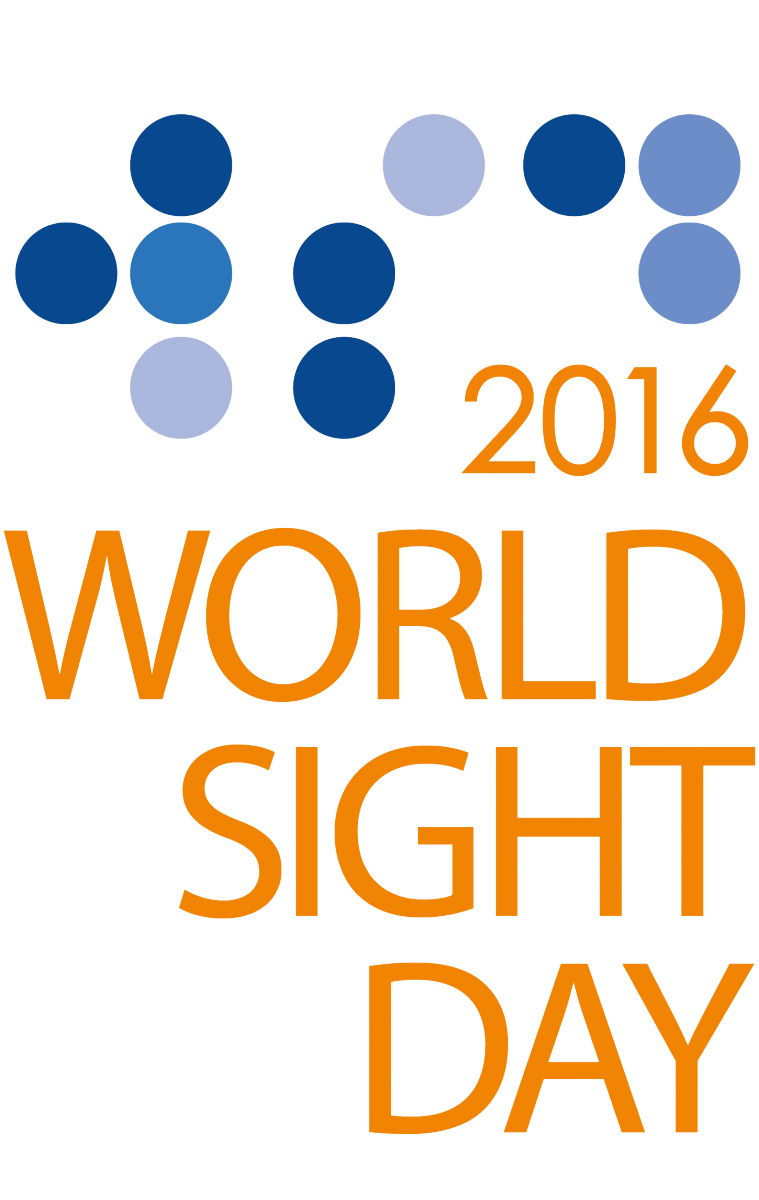Written by Dr Abubakar Tafida
AS THE WORLD OBSERVES WORLD SIGHT DAY 2016: SIX MILLION NIGERIANS ARE BLIND OR PARTIALLY SIGHTED AND COUNTING:
As the world observes this year’s World sight day 13th of October, it’s pertinent to point out that over six million Nigerians are either blind or partially sighted, of which 80% could have been prevented or treated. World Sight days (WSD) are celebrated every second Thursday of October to raise public awareness on blindness and vision impairment, to influence Government officials to participate and fund blindness prevention programs; and to educate people on blindness prevention and support for Vision2020 activities.
Whilst Nigeria grapples with weak, fragmented and poorly financed health systems, the fear is for us not to be counted among those nations with tangible gains in curtailing the burden of blindness. Thus, this year’s theme “Universal Eye Health – stronger together”, couldn’t be more apt.
Nigeria has only 2.4% of global population but accounts for 3.4% of the 39 million people blind. Major causes such as Cataract which refers to clouding of the lens within the eye resulting in poor vision, Trachoma (an infection in the eye leading to in-turning of the eyelashes rubbing on the cornea and overtime leading to poor vision), Onchocerciasis/River blindness which is an infection by a parasite around riverine areas resulting in loss of vision, childhood blindness mostly from avoidable causes such as measles and vitamin A deficiency, and Refractive errors were the main causes of blindness and low vision. All these diseases have existing cost effective strategies to prevent or treat affected people from becoming blind.
Global experts came together in 1995 to review the burden and causes of blindness and arrived at the conclusions that over 70% of diseases causing blindness could be prevented or treated. And it was also observed that if such strategies were not implemented, the global blindness could spiral out of control tripling by year 2020.
Thus in 1999, the Global alliance to eliminate avoidable causes of blindness by 2020, “the right to sight”, was launched following the adoption of resolutions WHA 59.25 and 56.26 by the World health Assembly urging member states to also adopt the Vision 2020 principles. The impact of the Vision 2020 strategies has resulted in reducing the blindness burden against many of the targeted causes. Blindness from trachoma has been reduced from six million to less than two million, blindness from Vitamin A deficiency and measles have been in decline thanks to the collaborative efforts targeted at improving immunizations and child health. There have been improving access to cataract surgeries in many developing countries and diseases such as Glaucoma and diabetic eye disease are becoming integrated into main stream health/eye care services. The overall target of Vision 2020 was to reduce global blindness from 75 million without Vision 2020 to 25 million by the year 2020. It now stands at 39 million.
In spite of all these development and initiatives, Nigeria must put its act together to ensure the gains of Vision 2020 initiatives are not lost. Cataract, Glaucoma, Trachoma and other causes of corneal opacities, refractive errors and diseases of the back of the eye were the main causes of blindness and visual impairment in the country. Nigeria has one of the lowest rates of cataract operations in the world, and is second only to Ethiopia in blinding Trachoma burden. Glaucoma is the second major cause of blindness in the country with only about 20% of those afflicted aware of the disease.
Risk factors for blindness have been found to be older age, poverty, lower educational background, female gender and living in the northern part of Nigeria. These risk factors only point to deprivation and barriers to accessing health care services. Illiteracy and poverty have been linked to blindness and blindness in turn compounds the state of poverty as the blind becomes less productive and dependent on others.
The challenges for Nigeria now are to ensure that the Strategic Eye Health Plan for 2016-2019 is finalized and adopted. The states and Local Government councils must also buy into this National plan as follows;
- With over 80% of all causes of blindness being avoidable, eye care must be integrated into Primary health care (PHC) to improve awareness and increase access. Strengthening PHC system will automatically improve on uptake of eye care services.
- Even though Nigeria couldn’t achieve some of the key Millennium Development Goals (MDG), the gains of this initiative must be sustained and linked to the emerging Sustainable development goals (SDGs) which critically address key issues of poverty, gender and equality and universal health coverage that are key to improving access to eye care.
- Governments at all levels must commit to eye health, as investing in eye health is investing for the future ageing population who are bound to have an increasing demand for care from age related diseases such as diabetes that have eye complications; and cataract and glaucoma that are eye diseases with direct relation to advancing age.
- Partnerships must be purged at all levels to ensure synergy towards eliminating avoidable blindness. Governments, International and Local Non Governmental Organizations (NGOs) must work together to create awareness on blinding eye diseases and at the same time advocate for policies and decisions favorable to implementing eye care.
Blindness has indisputable links to poverty, and as the Nigerian government strategizes to fight poverty, tackling blinding eye diseases surely is one of the strategies to adopt.
Dr Abubakar Tafida works in the Department of Ophthalmology, Aminu Kano Teaching Hospital. He can be reached at drtafida@yahoo.com





